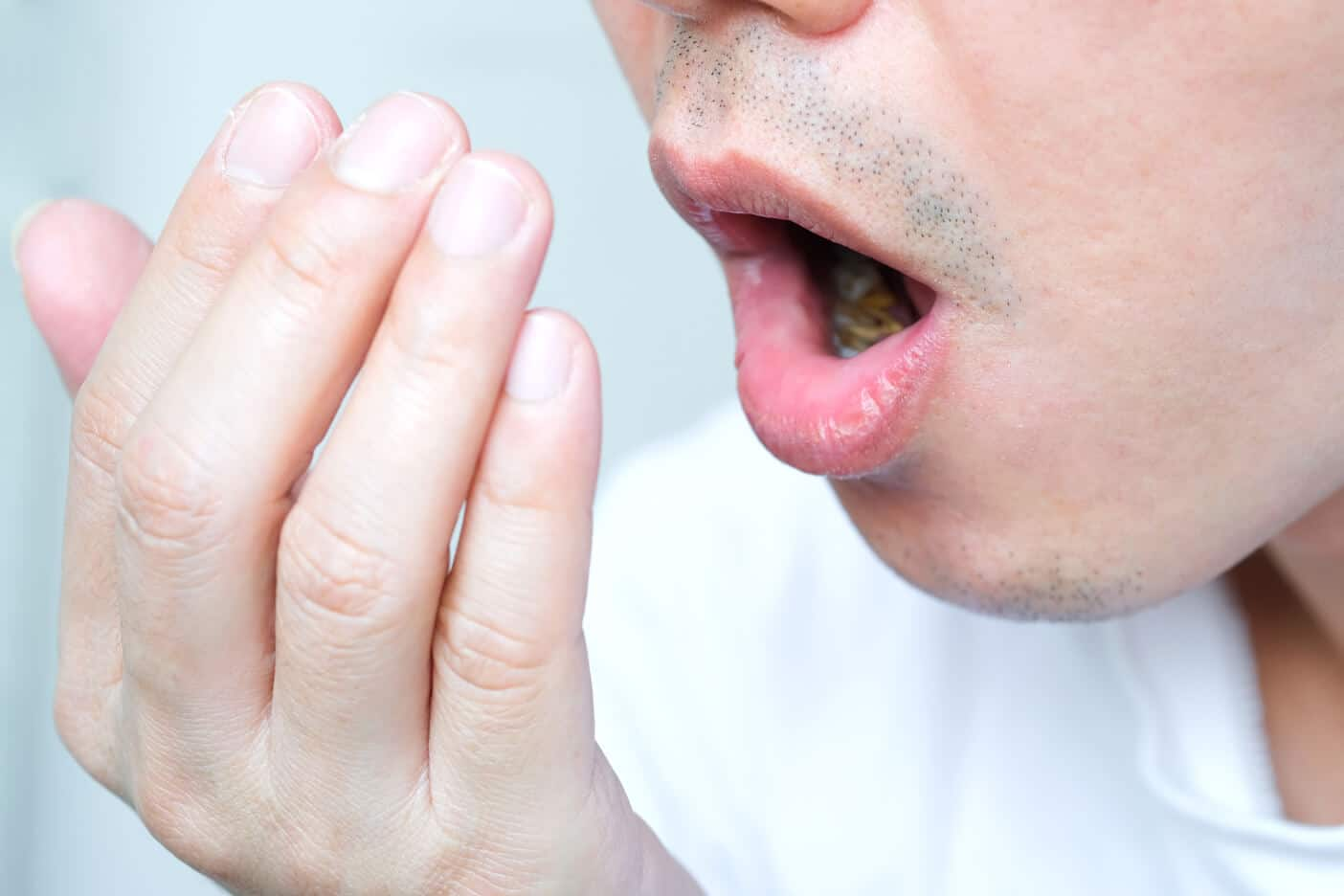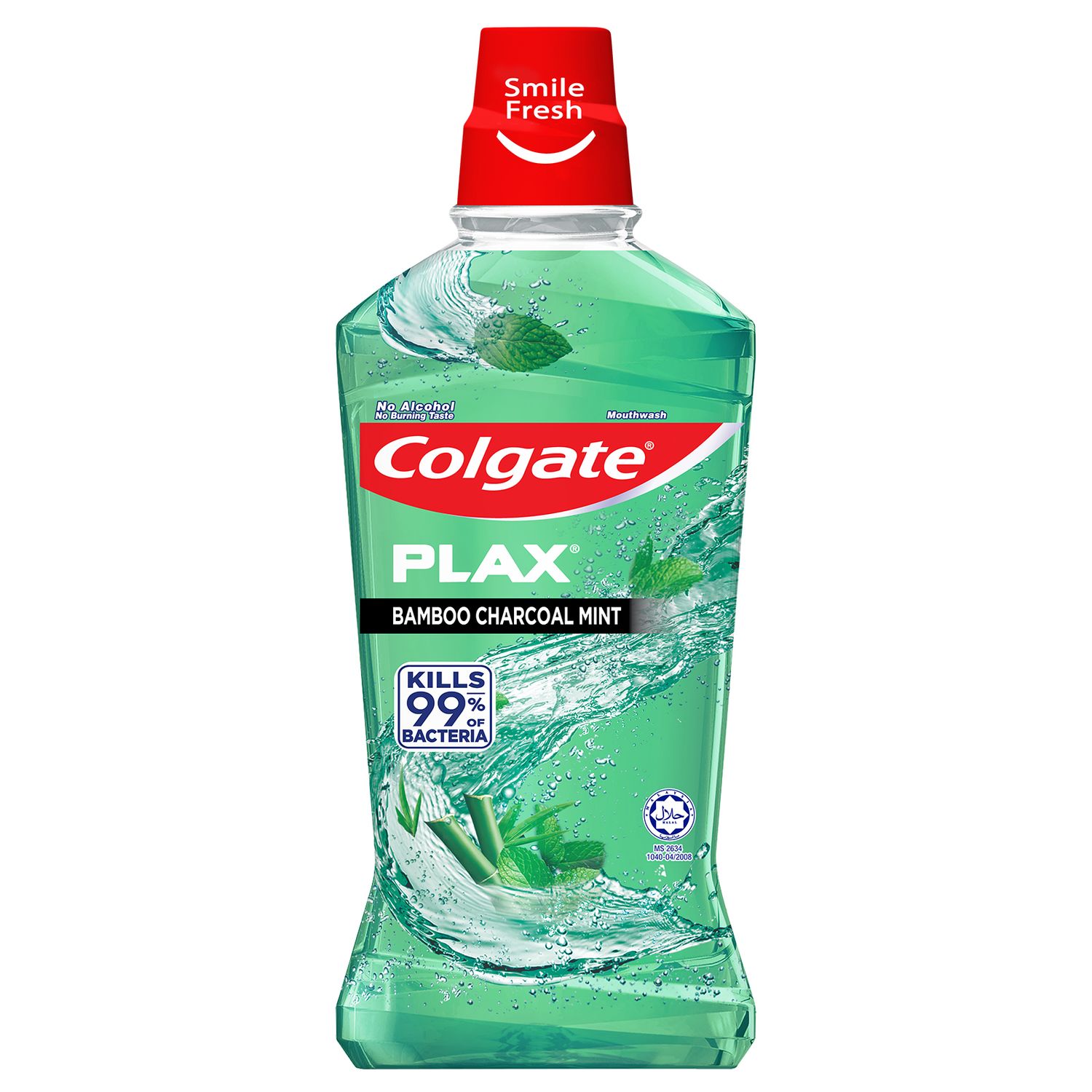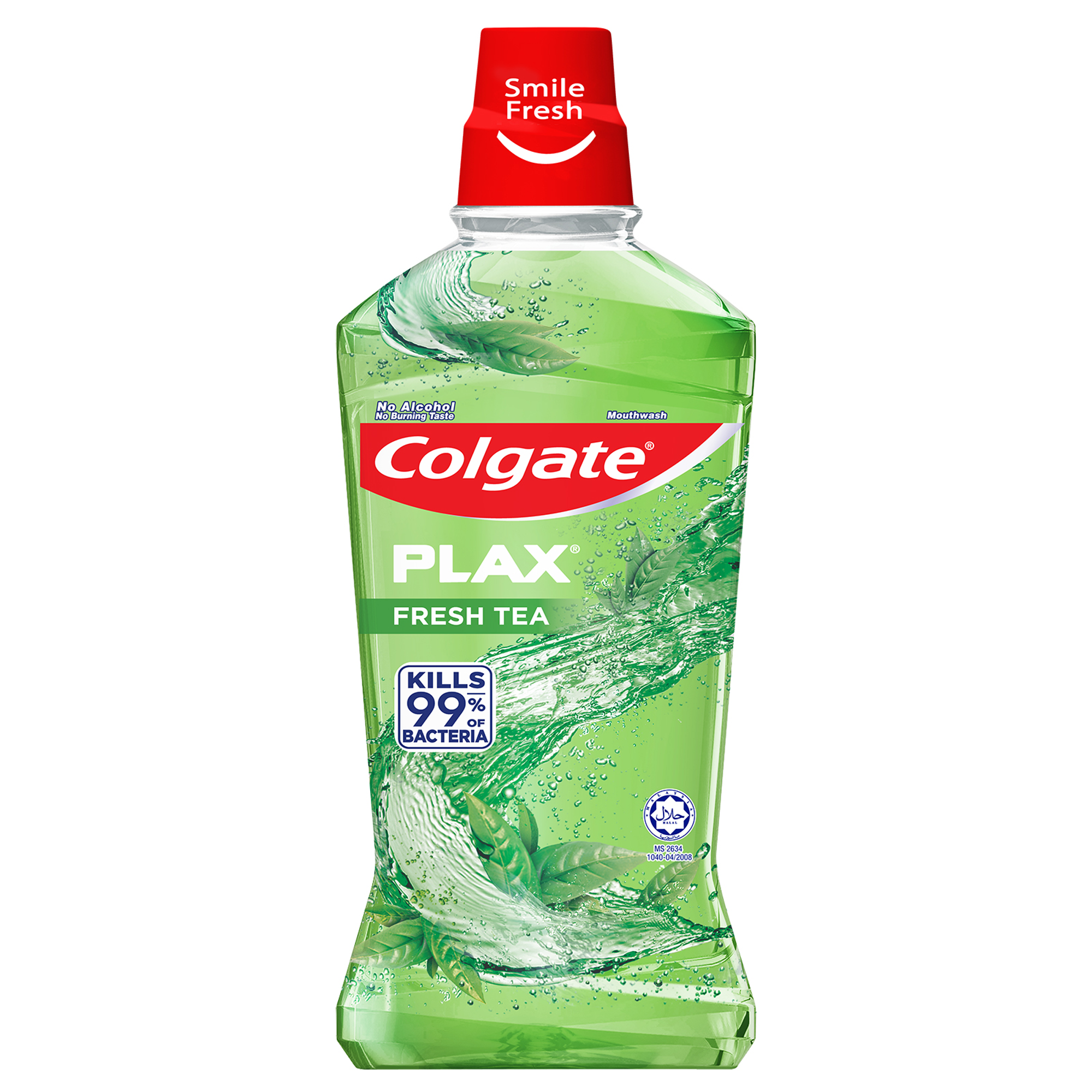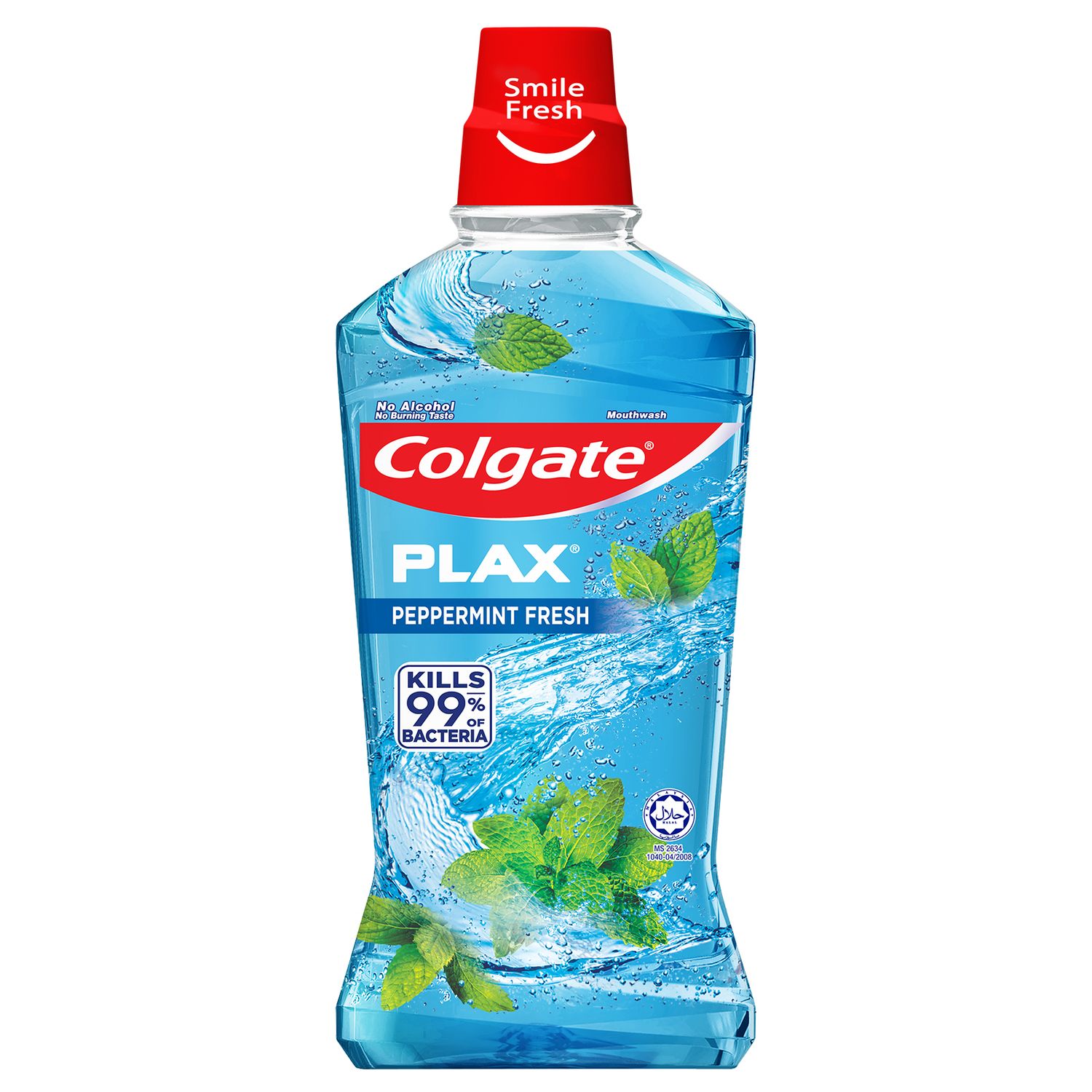-
-

FLUORIDE
Discover how stannous fluoride toothpaste prevents cavities and other oral health issues. Learn the key benefits of fluoride for teeth and its best uses.Fluoride plays a vital role in oral healthcare...

TEETH WHITENING
Teeth Whitening Serum for a Brighter, Confident SmileWho does not want whiter and brighter teeth? Thanks to the many teeth-whitening products available today...
-
Science & Innovation
- Colgate® | Toothpaste, Toothbrushes & Oral Care Resources
- Oral Health
- Using a Halimeter: How Bad Is Your Breath, Really?


Let's face it: Bad breath, or what your dentist calls halitosis, stinks. But did you know that there is a device called the Halimeter that can measure how bad someone's breath is? With this handy device and the help of your dentist, you can take action to reduce mouth odour.
What Causes Halitosis?
Almost everyone experiences bad breath from time to time, whether that's after a meal filled with garlic or first thing in the morning. According to this SingHealth article, one in two people would be affected by bad breath at some point in their lives.
Many times, the cause of the bad breath is bacteria. As a study in published the Journal of Neurogastroenterology and Motility (JNM) in South Korea explains, bacteria at the back of the tongue produce volatile sulphur compounds (VSCs), such as hydrogen sulphide and dimethyl sulphide, which cause bad breath.
Poor oral hygiene, diet, dry mouth and even certain medications can be the explanation behind bad breath, as noted by Singapore General Hospital. Medical conditions such as discharge due to infections of the respiratory system, diabetes, metabolic disorders, kidney/liver failure and acid reflux also contribute to halitosis, according to SingHealth.
Measuring Bad Breath With a Halimeter
The Halimeter®, developed by Interscan Corporation, helps to measure bad breath in a quantifiable way. The instrument is a small, box-shaped device with a sensor that sits near your mouth. You might see one of these used in a general dental clinic, though smaller, portable equivalents are now available for purchase and home use. This instrument is easy to use and can detect VSC in parts per billion (ppb); its results are expressed as the total concentration of the oral VSC (foul smelling compounds).
The JNM study used Halimeters and considered any measurement above 100 ppb to indicate bad breath. This device does not detect several volatile compounds nor some VSC found in halitosis, so additional testing may be necessary for a more accurate assessment. In a different study published in the Journal of Dental Research and Review, Halimeter readings were supplemented with organoleptic (sensory) measurements of VSC samples from an individual's mouth. Findings between the two methods do not always correspond, which is why it's important not to rely on one method alone to measure and monitor bad breath. Researchers also recommended multiple tests over time for better, more personalised data.
Techniques to Reduce Bad Breath
Once you know you have bad breath, it's time to fix it! According to SingHealth, you will need to do your part to tackle bad breath: Here are several steps you can take to improve your oral hygiene:
- Brush your teeth twice daily with fluoridated toothpaste. Change your toothbrush every two to three months or when the bristles wear out. Brush your tongue.
- Use mouthwash at night before sleeping.
- If you have dentures, remove them after every meal and clean them. And don't forget to rinse your mouth.
- Drink water to keep your mouth moist. You can also chew sugarless mints to stimulate saliva production and prevent dry mouth.
- Avoid smoking or using tobacco products.
- Maintain regular dental visits, at least twice yearly.
If your halitosis stems from a medical condition or dry mouth, your doctor and dentist can help you tailor your treatment to address the underlying cause. A Halimeter can also help monitor your progress in treating your bad breath.
So, if you experience bad breath, don't be alarmed! Much of the population has this same concern, and your dentist is equipped to help you measure and address this stinky problem. With their help, you can improve your oral habits, breath and quality of life.
Related Articles

Some people, however, suffer with bad breath from dry mouth problems, which have little to do with poor hygiene. The good news is, you can take steps to identify and treat the problem, as well as prevent it from recurring.


Related Products

Helping dental professionals
More professionals across the world trust Colgate. Find resources, products, and information to give your patients a healthier future








